Sweet Thai Basil is one of those herbs that feels alive the moment you brush your fingers across the leaves. The scent rises quickly. Peppery. Anise-like. Just a touch sweet. And when you grow it indoors using a hydroponics growing system, the experience becomes even more rewarding. The leaves grow cleaner. Faster. More fragrant. And honestly, you get a level of control that soil simply refuses to give you.
But before we jump into steps and gear, let’s start with the real question.
What Are Hydroponic Sweet Thai Basils And Why Grow Them Indoors?

Sweet Thai Basil grown hydroponically is the same flavorful herb used across Southeast Asian dishes, but raised without soil. Instead, the roots sit in water enriched with minerals. The plant drinks exactly what it needs, no guessing, no soil pests, no nutrient loss.
Here’s the thing: Sweet Thai Basil thrives in warmth (20–25°C), steady humidity, and bright, predictable light. Indoors, you can deliver those conditions day after day without wrestling with seasonal changes. You get stable growth. Stronger stems. Denser flavor.
With 10–14 hours of daily light and water parameters dialed in, Sweet Thai Basil completes its life stages with surprising speed:
-
Germination: 5 - 10 days.
- Seedling stage: 10 - 20 days.
- Growth phase: 20 - 30 days.
- Flowering: 30 - 50 days.
- Maturity: 50 - 60 days.
If you remove flowers early, as you should for basil grown for leaves, the foliage becomes even fuller.
Indoor systems remove pest pressure, let you grow year-round, and give you consistent harvests without stepping outside. And using a smart hydroponic planter or compact indoor hydroponic garden kit makes the process almost effortless for beginners.
Materials You’ll Need for Growing Hydroponic Sweet Thai Basils

Let us back up for a moment. A lot of people think hydroponics requires complex gadgets or commercial setups. But that’s not true. You only need a few key items:
- Basil seeds
- A SEED STARTER KIT (for early-stage rooting)
- Net pots
- Growing medium
- Reservoir
- Water pump (depending on system)
- Air pump + air stone
- Lighting system
- Thermometer and hygrometer
- pH meter
- EC meter
- Nutrient solution (balanced, herb-friendly)
- Clean water
- Scissors for pruning
The strange part is… most of this is reusable. Once you buy it, you’re set for dozens of harvests.
Essential Supplies And Setup List

In order to develop an effective hydroponics growing system, one may start with this list:
- Reservoir (2 to 5 gallons) - opaque to light.
- Net pots (2 -3) - most suitable with basil root structure.
- Growing mediums like clay pebbles, rockwool or coco coir.
- Grow lights producing 10-14 hours of light (6500K light daylight band to leafy herbs).
- Air pump + air stone to aerate root water.
- Water circulation pump when using DWC, NFT system or ebb-and-flow.
- Digital pH meter to maintain 5.5–6.5.
- EC meter in order to monitor electrical conductivity.
- Timer for lights and pumps.
- Specific nutrient mix of herbs, which give appropriate N-P-K balance.
That's your core toolkit. Simple. Functional. And durable.
Choosing the Right Sweet Thai Basil Seeds
Always use the quality, untreated non-GMO Sweet Thai Basil seeds. Freshness is important, old seeds take more time to germinate and tend to yield weak seedlings.
- During germination, Sweet Thai Basil wants:
- Temperature: 20–25°C.
- Moisture: consistent but not soggy.
- EC level: 400–600 μS/cm.
- Darkness for the first 24 - 48 hours.
Sow the seeds in a moistened medium in your SEED STARTER KIT. Expect sprouting in 5 - 10 days.
Selecting the Best Growing Medium for Sweet Thai Basils
Rockwool cubes are also common as they have a high ability to retain moisture and also neutral pH. But clay pebbles provide improved air circulation to roots. Coco coir remains stable, although net pot liners are required.
The challenge is not to get compacted, basil roots do not like dense, tight soil. Ensure:
- Medium drains well
- Roots can spread
- There are still air pockets that are open.
Rockwool to germinate and clay pebbles to grow is a good combination in case you are in doubt.
Maintaining Proper Water Quality and pH Levels
Now, this is crucial.
Sweet Thai Basil roots are sensitive. They respond dramatically to small changes in pH.
Your goal is to maintain:
pH value: 5.5–6.5.
EC values by growth stage:
- Seedling: 600–800 μS/cm
- Growth: 800–1000 μS/cm
- Flowering: 1000–1500 μS/cm
- Maturity: 1400–1900 μS/cm
Stable water conditions prevent nutrient lockout. And pH balance in hydroponics directly determines how well basil absorbs calcium, nitrogen, and magnesium. Without those, yellowing happens fast.
Change or refresh reservoir water every 10–14 days. Top with fresh water between changes.
Preparing And Using Nutrient Solutions
A balanced nutrient solution for leafy herbs always emphasizes nitrogen early, then gradually increases potassium to support sturdy stems.
You’ll mix according to manufacturer instructions, but Sweet Thai Basil responds best when nutrients increase gradually with life stages. A sudden spike in EC shocks the roots.
So what does that indicate?…That patience equals flavor.
Warm nutrient water slightly before use, plants absorb better at 20–22°C. Cold water slows everything down.
Providing the Right Lighting Conditions
Sweet Thai Basil absolutely loves light. Indoors, your goal is:
- 10 - 14 hours of lighting daily.
- 6500K daylight color temperature.
- Light intensity between 200 - 400 PPFD for seedlings and 400 - 600 PPFD for mature plants.
Hang lights 6 - 12 inches above the canopy. Too close? Leaves burn. Too far? Stems stretch weakly.
A reflective grow tent or even simple white walls boost light efficiency.
Ideal Temperature and Climate Control
Sweet Thai Basil behaves differently outside its comfort range. Remember this:
- Ideal temperature: 20 - 25°C
- Humidity: 50 - 65%
- Airflow: gentle but consistent
If temperatures dip below 18°C, growth slows. Above 28°C, leaves lose aroma. You don’t want either.
Small fans help prevent fungal issues and strengthen stems.
Daily Care And Maintenance For Hydroponic Sweet Thai Basils

Daily care looks simple but deeply influences aroma intensity.
Check your plants each morning for:
- Leaf color
- Stem firmness
- Water levels
- Root color (white or cream = healthy)
- Algae buildup
Shake your system gently once a week to redistribute oxygen. Wipe down any salt crust left by dried nutrient water.
And actually, Sweet Thai Basil gets noticeably fuller if you rotate pots weekly for even light exposure.
How to Prune Sweet Thai Basils Properly
Here’s where most people trip up.
New growers often let basil grow tall. But Sweet Thai Basil prefers being topped early, usually around the 4 - 6 leaf stage.
Technique:
- Identify the highest set of mature leaves.
- Cut the stem just above a leaf node.
- Two new branches emerge within a few days.
Prune lightly every 5 - 7 days. Never remove more than 25% of the plant at once. And remove flowers the moment they appear.
Why?
Because flowering diverts energy away from leaves, weakening flavor.
Managing Plant Spacing And Growth
In a hydroponics growing system, spacing determines airflow, and airflow prevents disease.
Ideal spacing: 6 - 8 inches between plants.
Packed basil grows tall and leggy. In contrast, basil that is spaced widely grows bushy. If you desire more leaves, aim for bushy growth. You'll get more aroma and better harvests too.
Pest Prevention And Control
Hydroponic setups eliminate many pests but not all. Indoors you may still encounter:
- Aphids
- Whiteflies
- Spider mites
- Prevention begins with environment:
- Keep humidity balanced
- Use fans
- Clean equipment regularly
- Quarantine new plants
If pests appear, treat early using neem oil spray or insecticidal soap (safe for hydroponic herbs). Avoid oversaturating leaves, moisture invites fungal issues.
Disease Prevention And Treatment
Sweet Thai Basil diseases usually tie back to stagnant air, warm water, or dirty equipment.
Common issues:
- Root rot (roots turn brown, mushy)
- Powdery mildew
- Algae bloom in reservoir
How to prevent them:
-
Maintain water circulation
- Keep roots in darkness
- Clean reservoirs between cycles
- Maintain strong airflow
If root rot starts, trim damaged roots and flush the system with a mild hydrogen peroxide solution before refilling with fresh nutrient water.
When And How to Harvest Sweet Thai Basils
Harvesting is thrilling once your plant hits 50–60 days. Leaves should be deep green, aromatic, and full-sized.
Best harvest time?
Early morning, right after the plant has rested but before lights warm the leaves.
Use sharp scissors:
-
Cut the top third of the plant.
- Avoid removing entire stems unless pruning.
- Leave plenty of lower leaves for regrowth.
Repeated harvesting, every 5 - 7 days, actually encourages bigger yields long-term.
If your plant tries to flower, pinch off buds immediately to preserve flavor.
Common Questions About Hydroponic Sweet Thai Basils
1. Do I need to pollinate the plants?
Not till you are gathering seeds. To produce leaves, remove flowers fast.
2. How fast does hydroponic basil grow?
Under ideal conditions, Sweet Thai Basil reaches harvest in 50–60 days.
3. Can basil grow in low light?
No. Only strong light for 10-14 hours.
4. Why are my basil leaves turning yellow?
The reasons could include incorrect nutrient levels, pH or EC. It might be lacking nitrogen or pH.
5. Does the type of hydroponic system matter?
As long as the roots receive oxygen and stable pH, Basil can be cultivated successfully in DWC, Kratky, NFT, ebb-and-flow, or any other hydroponics growing system.
6. How often should I replace nutrient water?
Every 10 to 14 days for best results.
Final Word
A hydroponics growing system to grow Sweet Thai Basil inside your house, turns a commonplace herb into an aromatic, green focus of your indoor garden. By having the proper equipment, good lighting system, stable Hydroponics tank, consistent monitoring, and frequent pruning, you will be reaping continuous harvests.
What you need to follow is: feeding, lighting, pruning and water control. If you care for these factors, you will see the plant self-growing.
Other Plant Hydroponic Growing Tips
If you are also interested in other hydroponic plants, please read related articles.
- The Best 11 Easy-To-Grow Vegetables in Hydroponics
- Top 10 Fruits to Grow in Hydroponic Systems
- Hydroponic Herbs: A Beginner's Top 10 List
- How to grow hydroponic cherry tomatoes Indoors: A Detailed Guide
- How to grow cilantro hydroponically indoors: A Beginner’s Guide
- How to grow Hydroponic Bell Peppers indoors: A Detailed Guide
- How to Grow Hydroponic Blueberries Indoors: A Detailed Guide


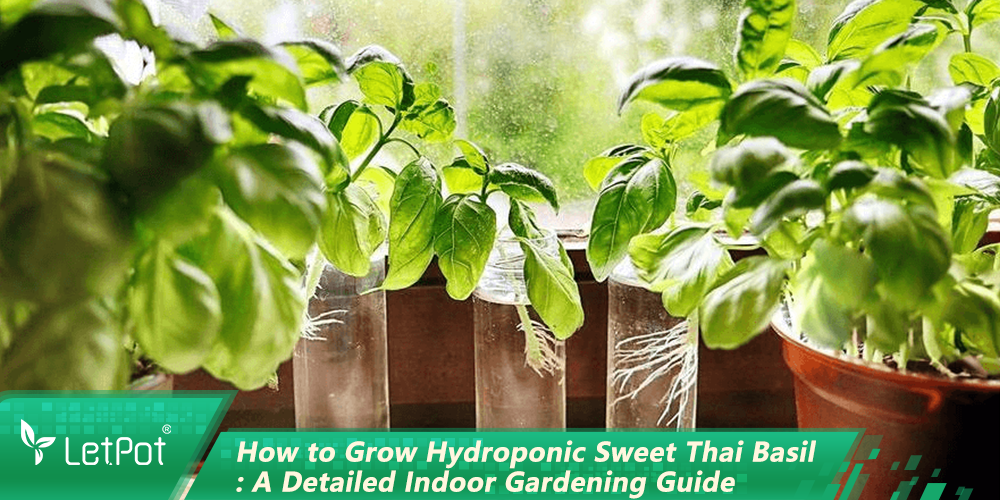
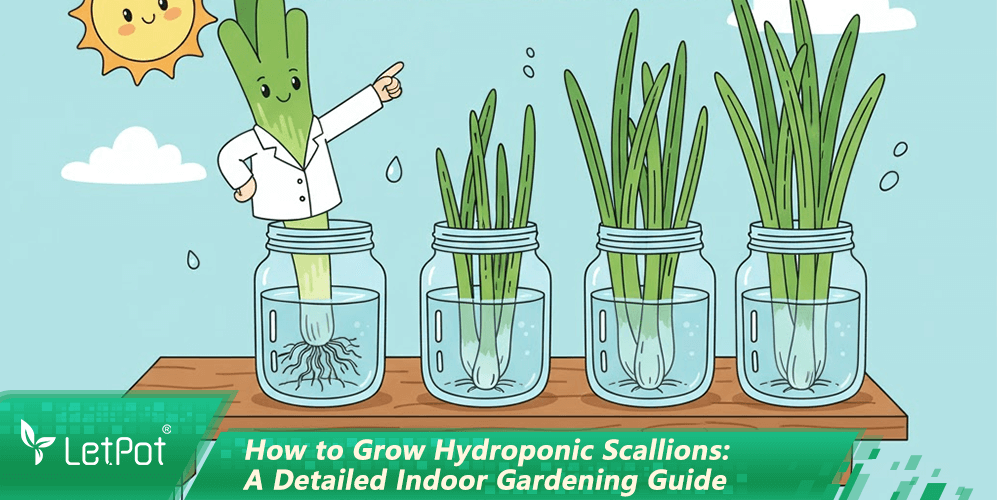
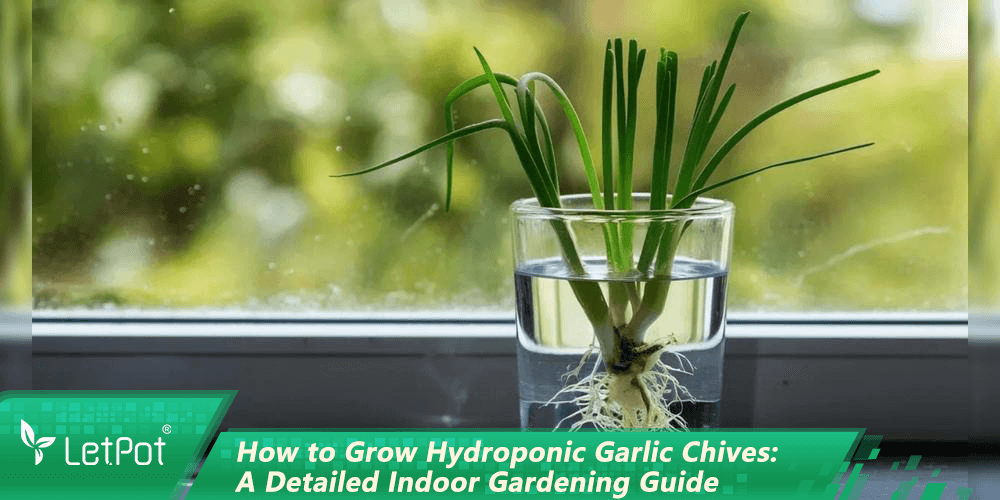
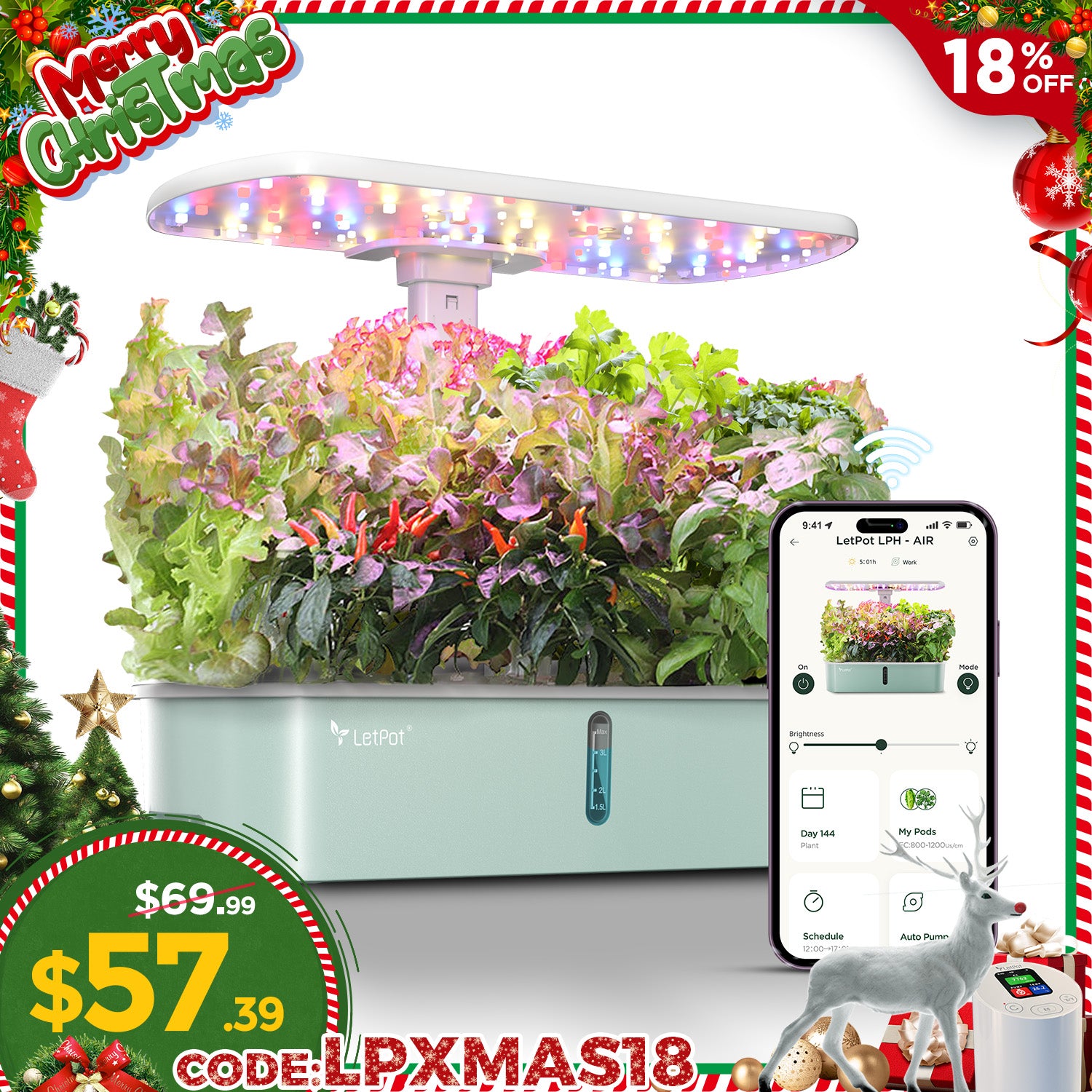

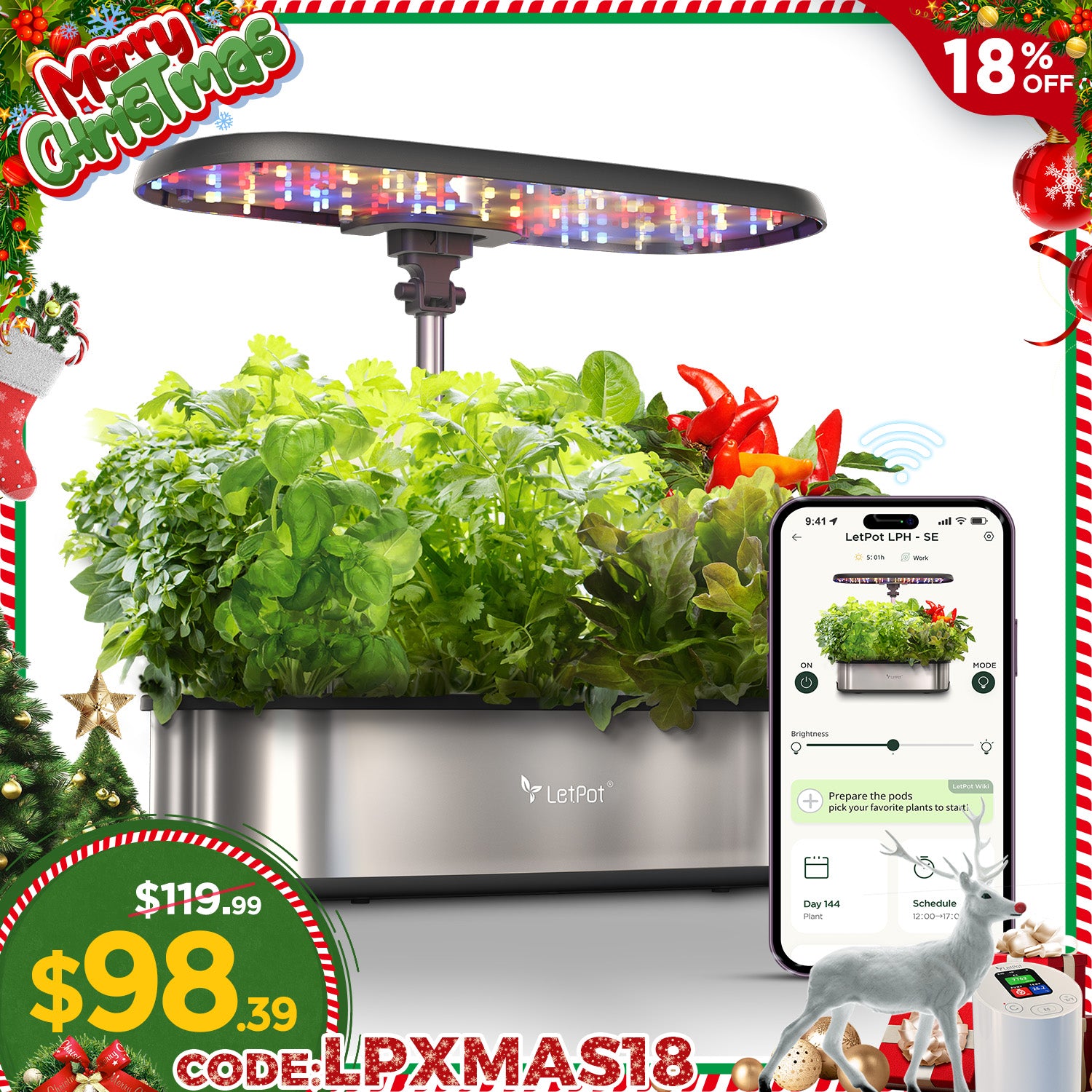
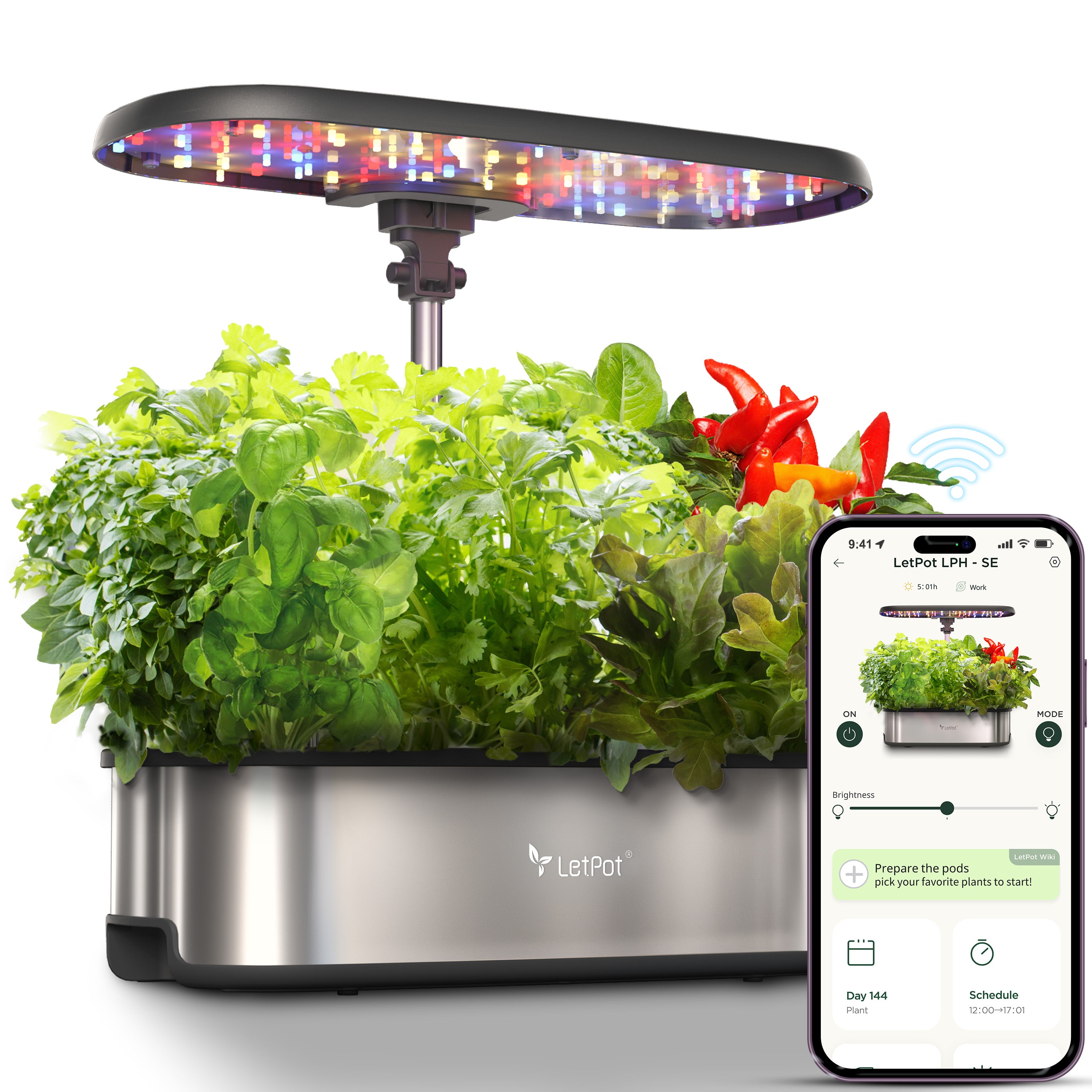
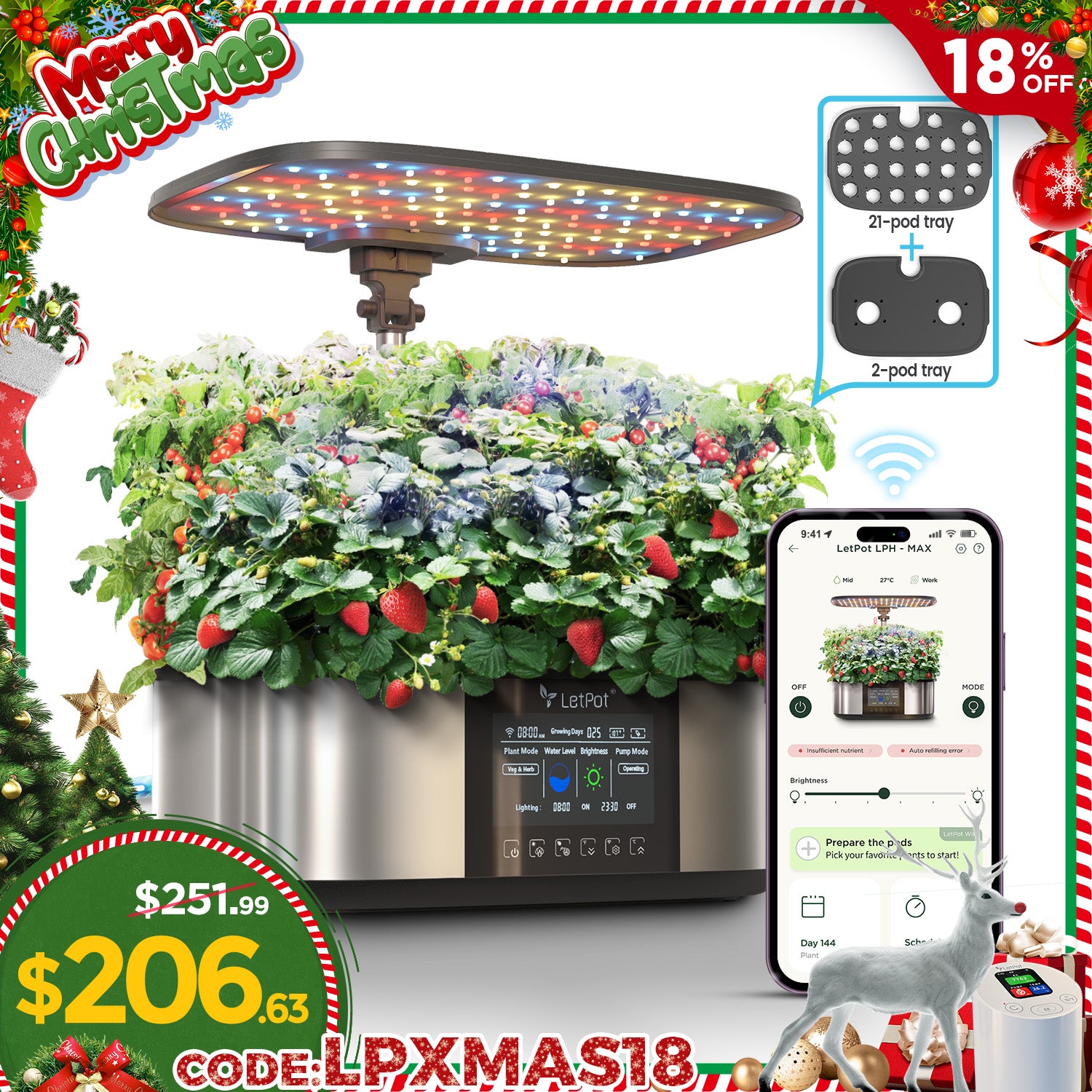

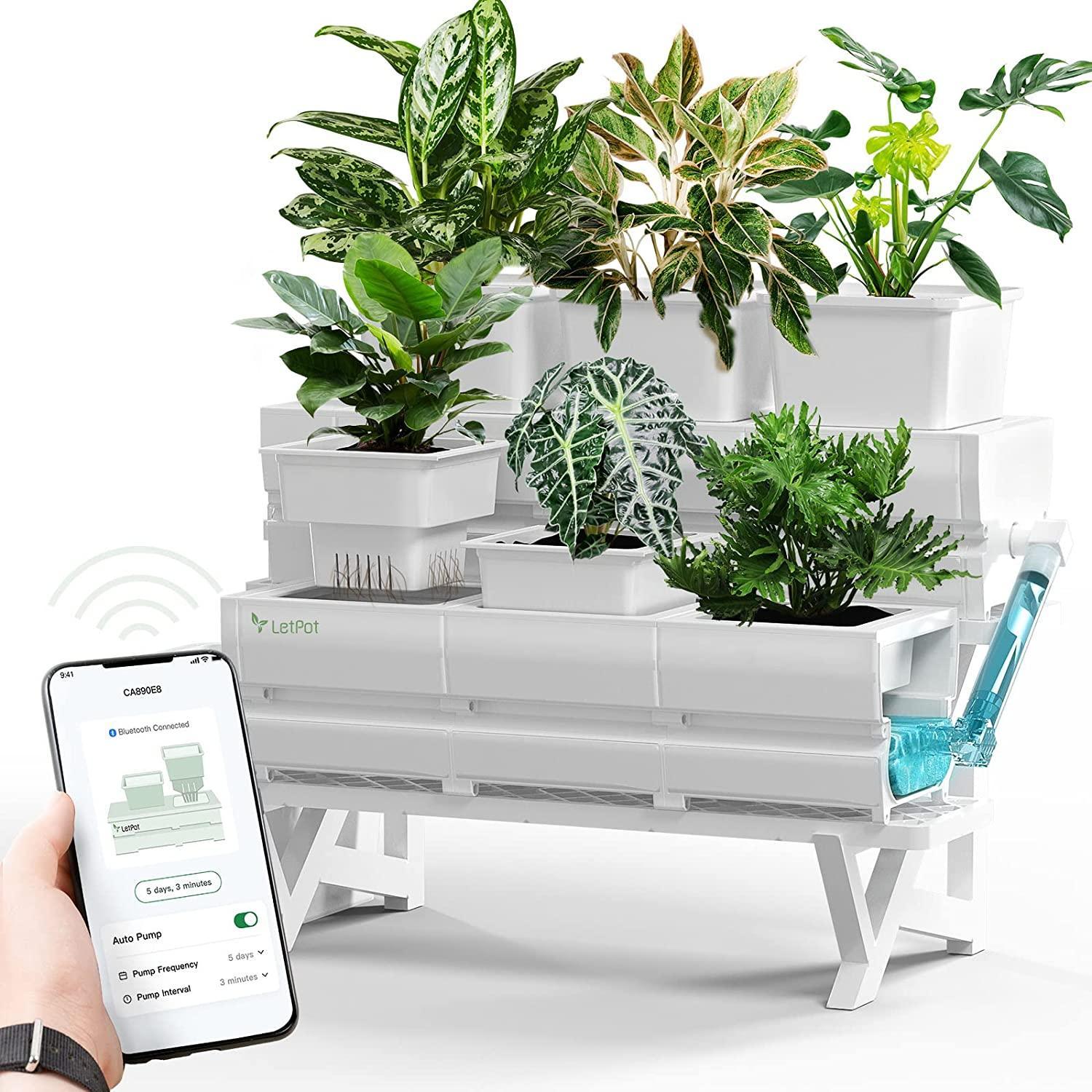
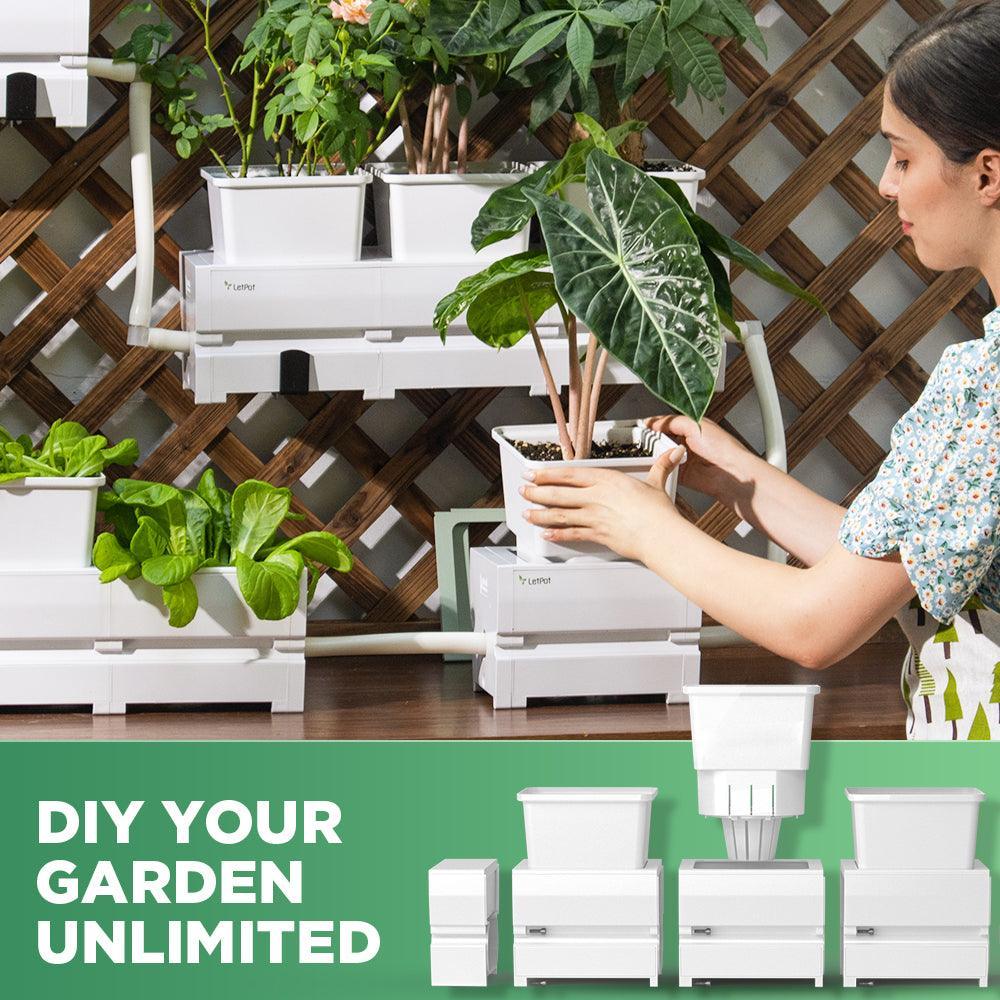
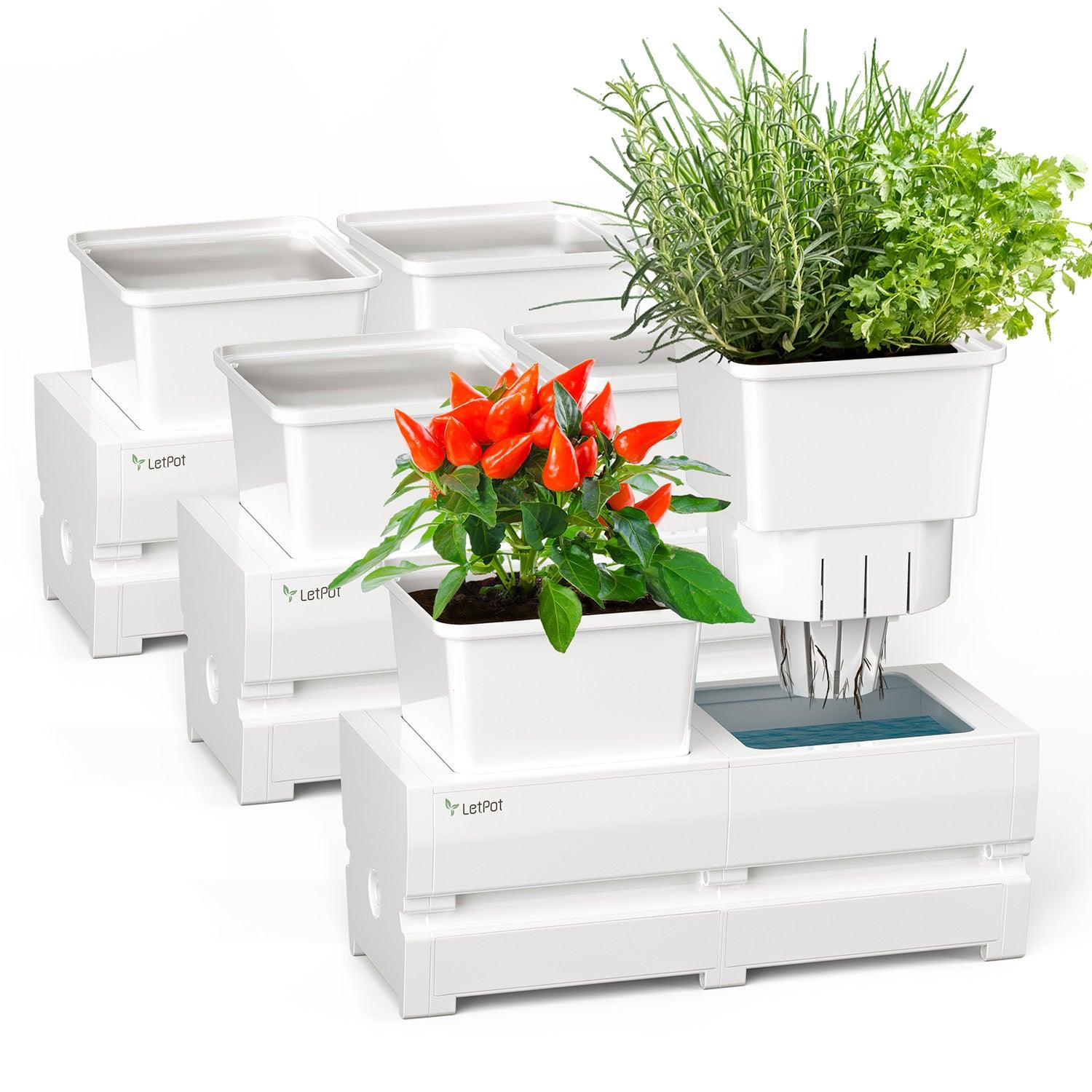
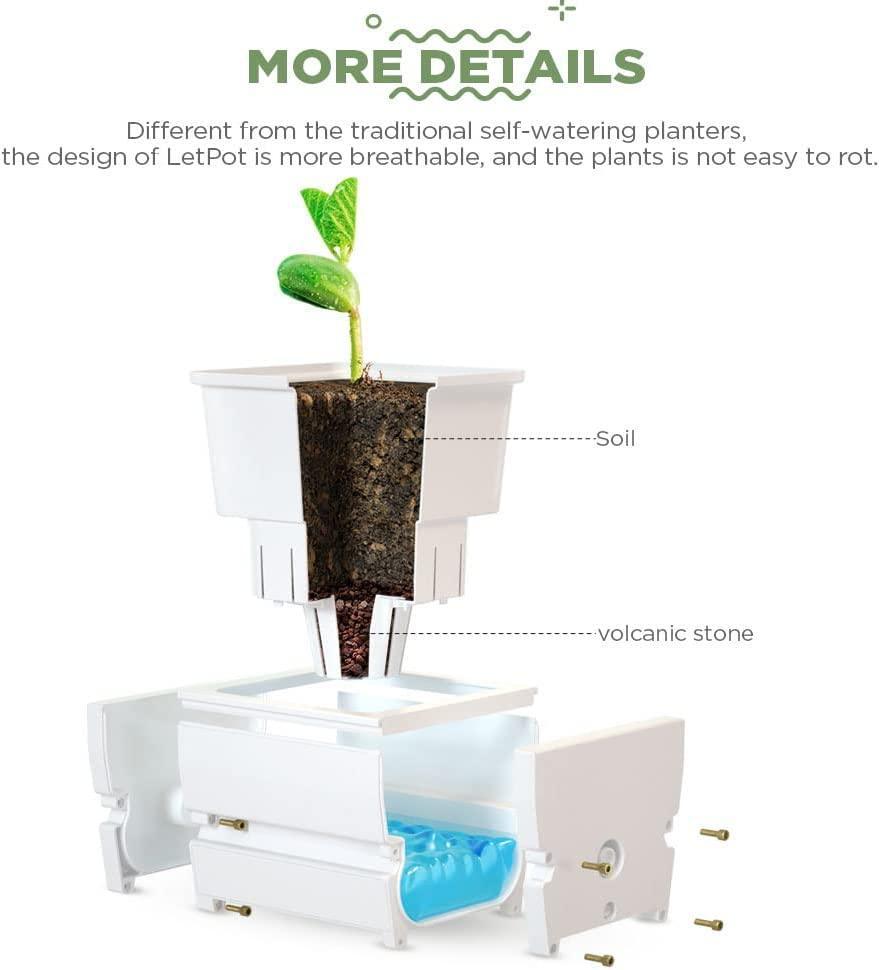

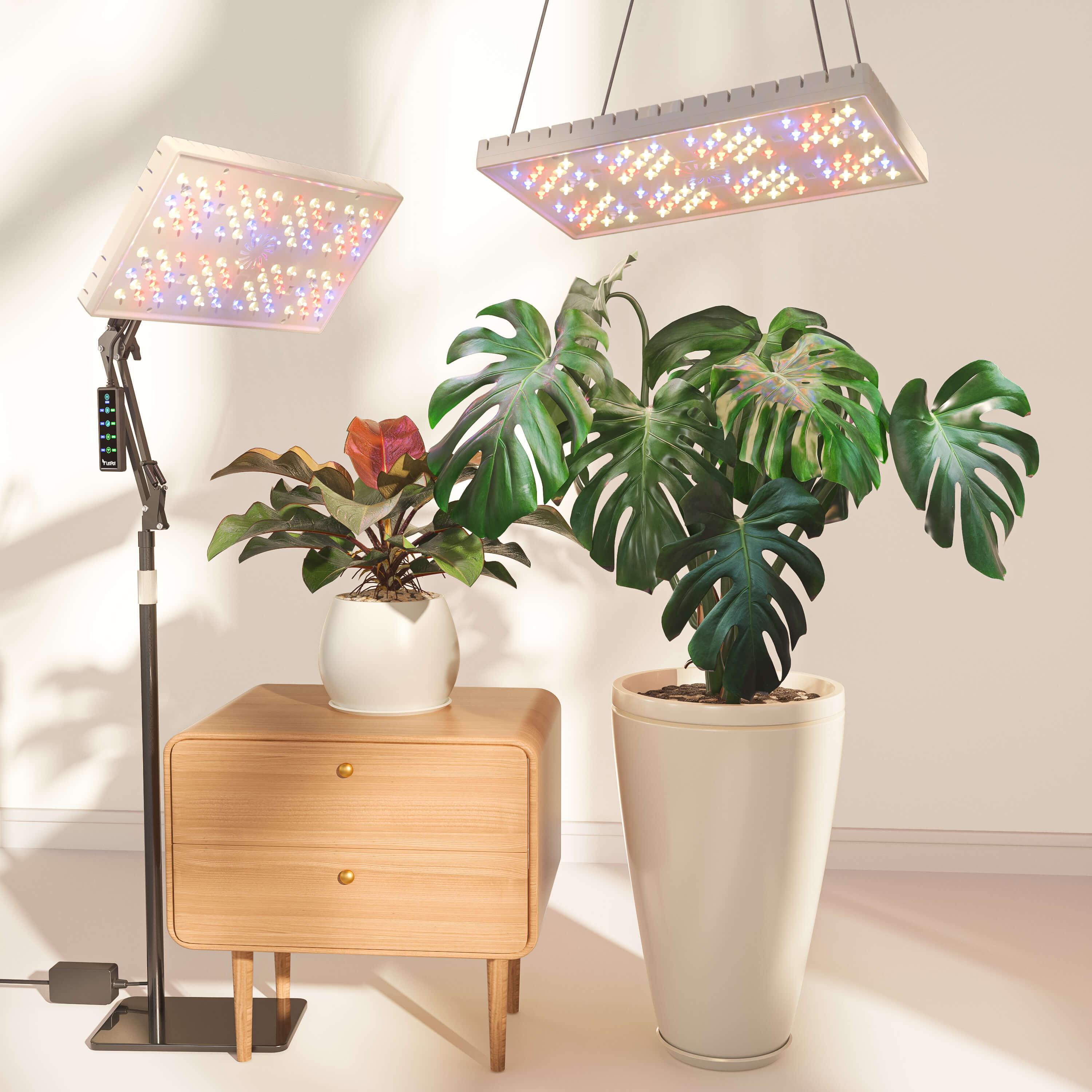
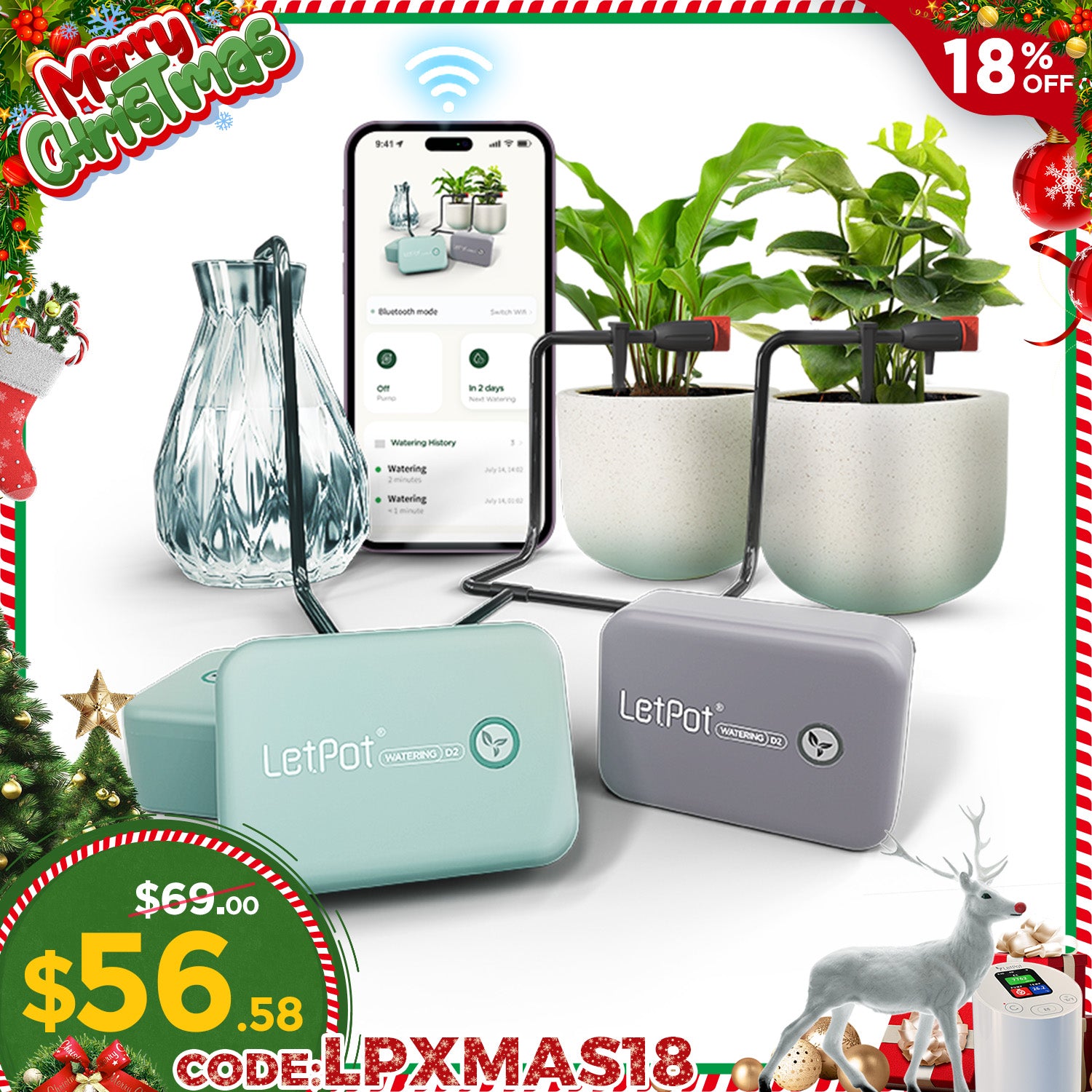
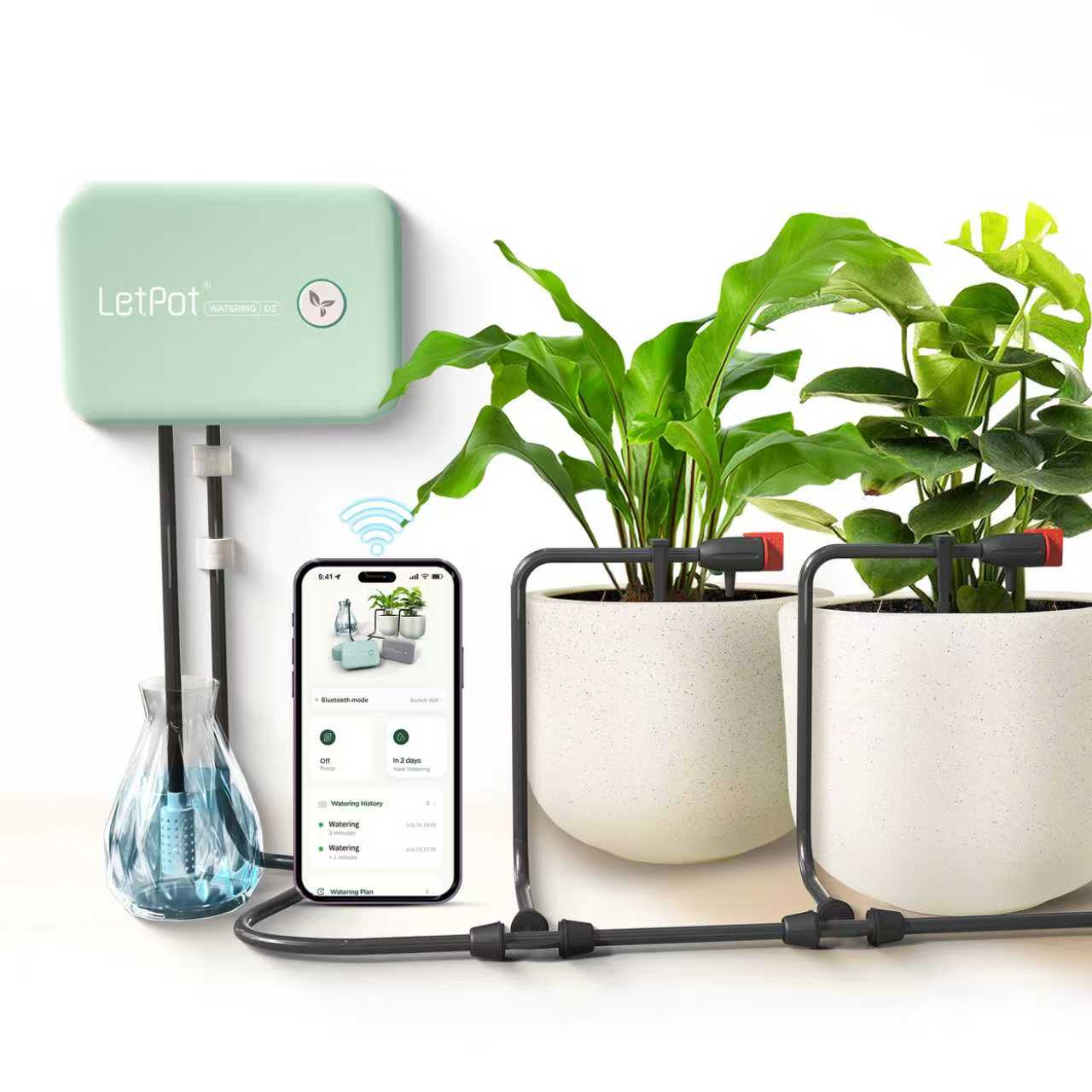
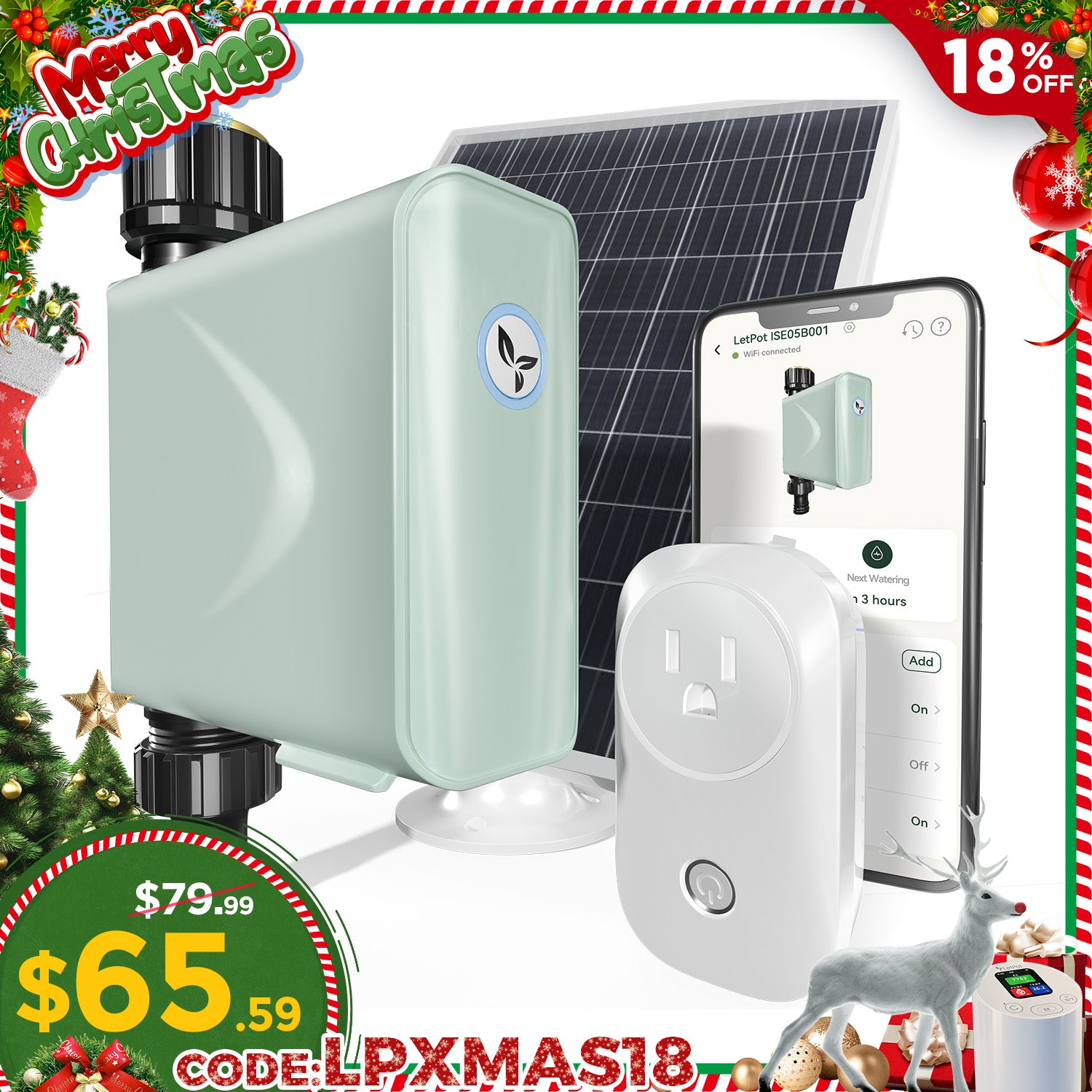
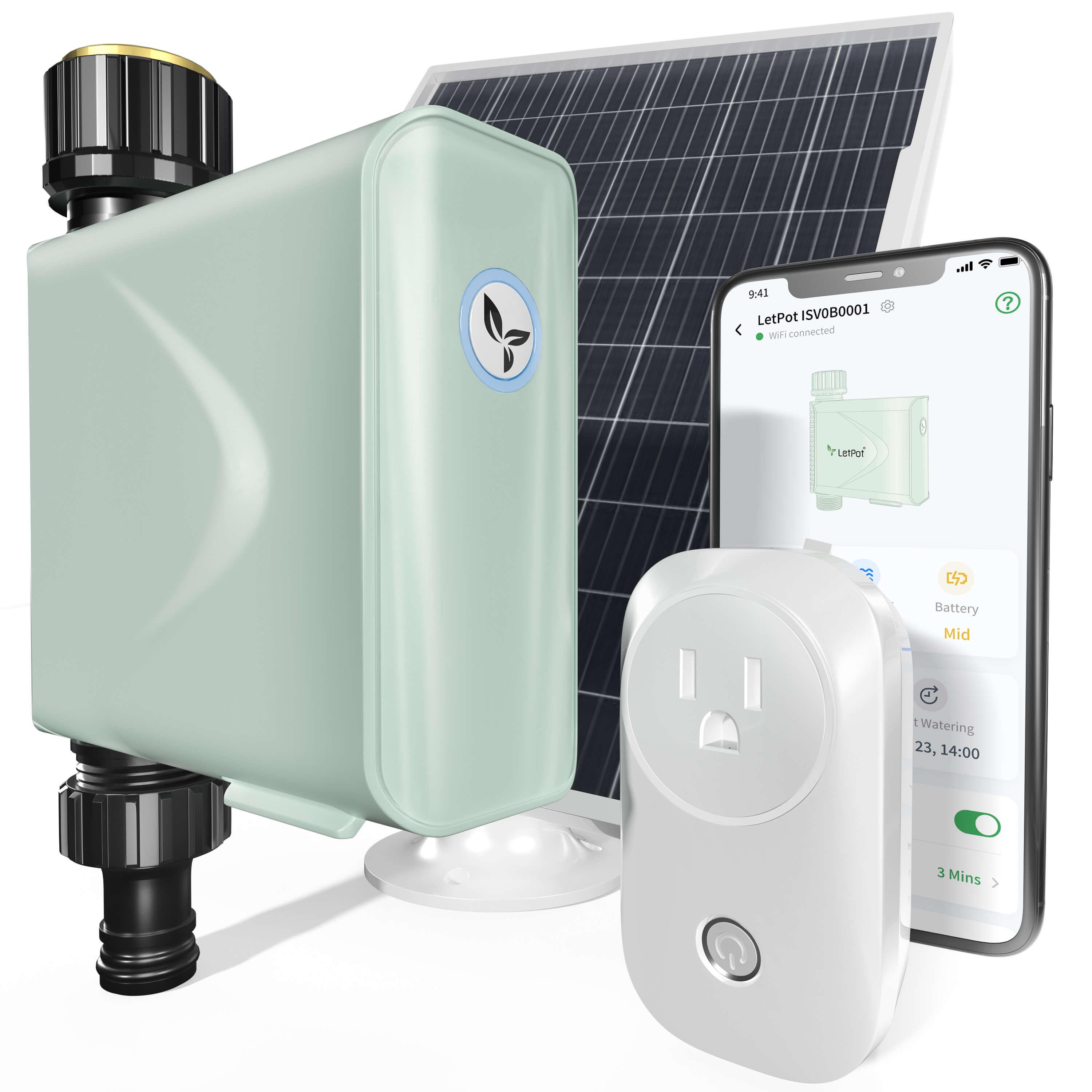

Leave a comment
All comments are moderated before being published.
This site is protected by hCaptcha and the hCaptcha Privacy Policy and Terms of Service apply.